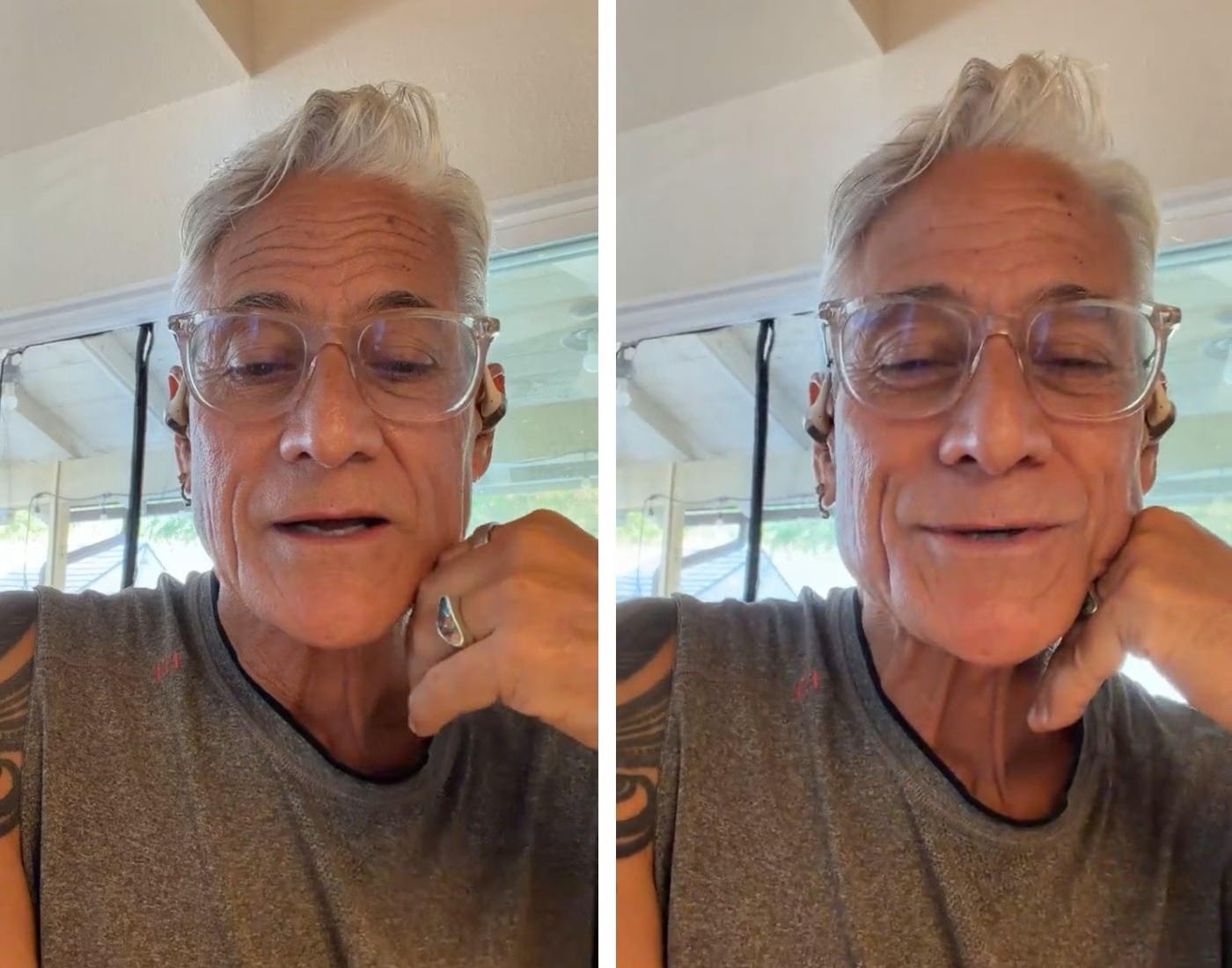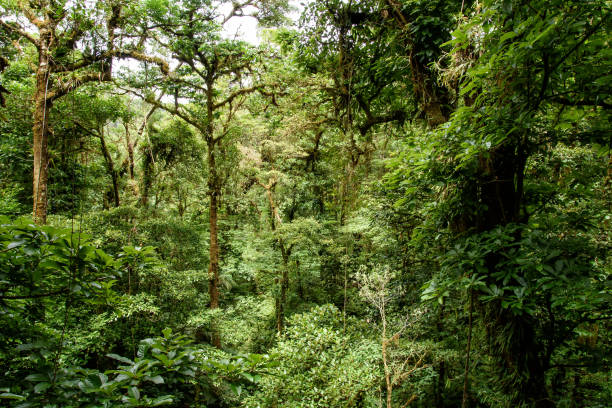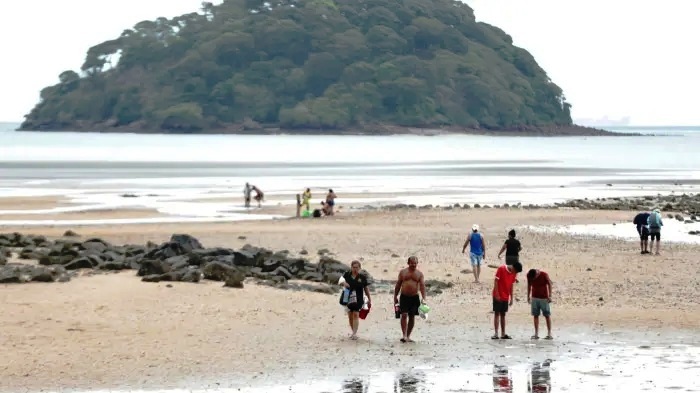$140 Million Contract Offered as Panama Seeks to Modernize Garbage Collection
Up to 1,500 tons of waste is collected daily in the Panama district.
The multi-million dollar tender, announced by the Mulino government, revives the debate over decades of waste management failures in the Panamanian capital.
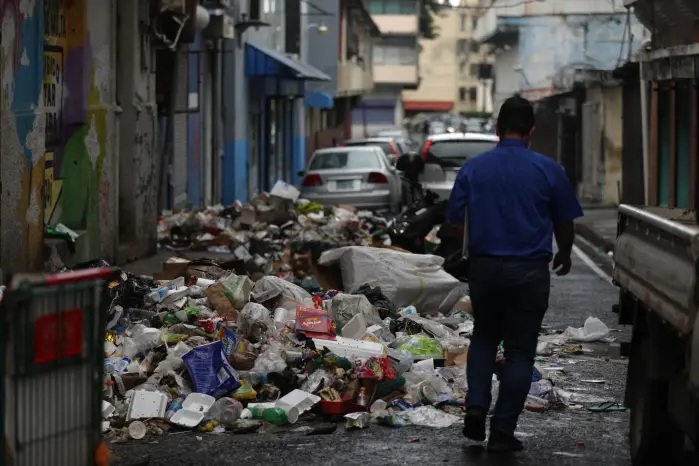
PanamaCompra published the details of a new tender for solid waste collection, transportation, and final disposal services in the capital district. The contract, with a reference value of B/. 140,356,287.00 with a seven-year term, represents one of the most ambitious efforts in recent times to address the city’s garbage crisis. The plan is divided into three sections, covering different areas of the Panama district. Section 1 includes the districts of Betania, Pueblo Nuevo, San Francisco, Río Abajo, Parque Lefevre, and Don Bosco. It requires a fleet of 15 compacting trucks, dump trucks, backhoes, skid steer loaders, and other specialized equipment. Line 2, intended for the northern zone (Chilibre, Alcalde Díaz, Las Cumbres, Ernesto Córdoba and Caimitillo), must be adjusted to a volume of more than 240 tons per day.
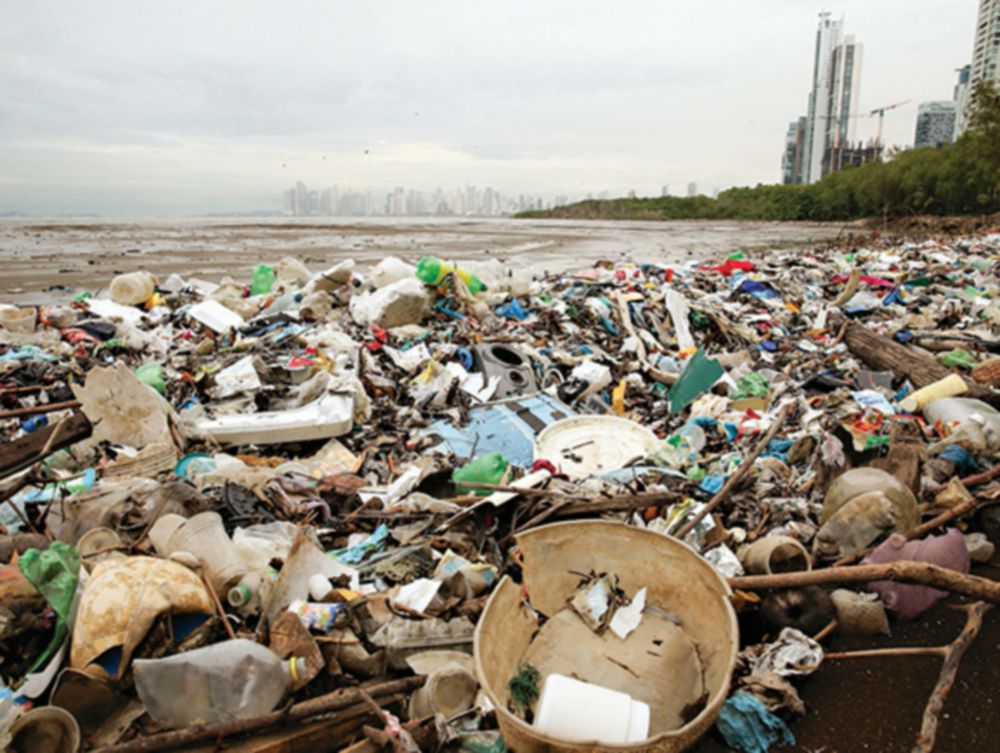
For its part, Line 3, which includes the eastern area (Juan Díaz, Tocumen, Pacora, and December 24), must manage more than 460 tons daily, being the area with the highest waste generation. Each line item will be required to handle approximately 787,000 tons during the contract period. At a price of B/. 57,000 per ton without ITBMS, the projected investment exceeds B/.48 million per line item, with the possibility that the total contract could exceed B/.140 million. The bidding process requires bidders to have operational offices in the district, specialized software, GPS, QR code tracking, container delivery, and qualified personnel. They must also progressively renew 30% of their vehicle fleet each year. Proposals will be evaluated by category based on technical, financial, and economic criteria.
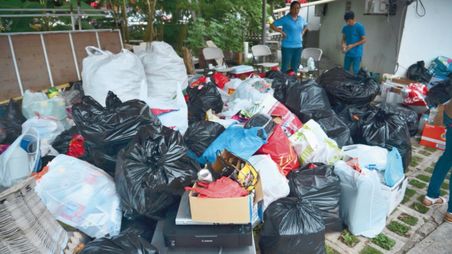
President José Raúl Mulino, during his weekly press conference on June 19, celebrated the opening of the process: “It represents a decisive step toward more modern, efficient, and sustainable management of our waste. We hope it will be public, transparent, and involve the participation of the best international companies in the sector, and that a definitive, long-term solution will finally be found,” he said. But not everyone is enthusiastic about the news. La Estrella de Panamá spoke with former mayor José Blandón (2009–2014), who questioned the lack of political will that has plagued the problem for more than two decades. “The garbage problem in the district of Panamá should be handled by the Mayor’s Office and not by the AAUD,” he said.
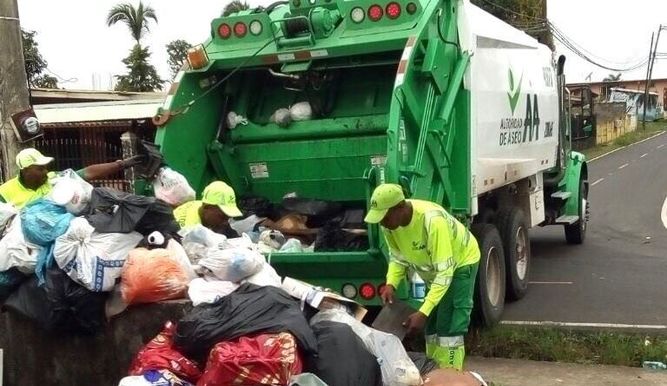
Blandón recalled the ambitious Master Plan developed by the Japan International Cooperation Agency (JICA) between 2001 and 2003, which proposed modernizing the waste system by 2015. The study diagnosed that the district was generating more than 1,000 tons of garbage daily, and that 80% of it was reaching the already collapsed Patacón Hill, lacking adequate coverage or control. The plan estimated an investment of $148 million and suggested creating a municipal technical company, improving rates, establishing transfer stations, and charging per ton collected. “None of that was implemented,” Blandón said. Until then, the district’s waste management system was handled by the Municipal Directorate of Urban and Residential Sanitation (Dimaud).
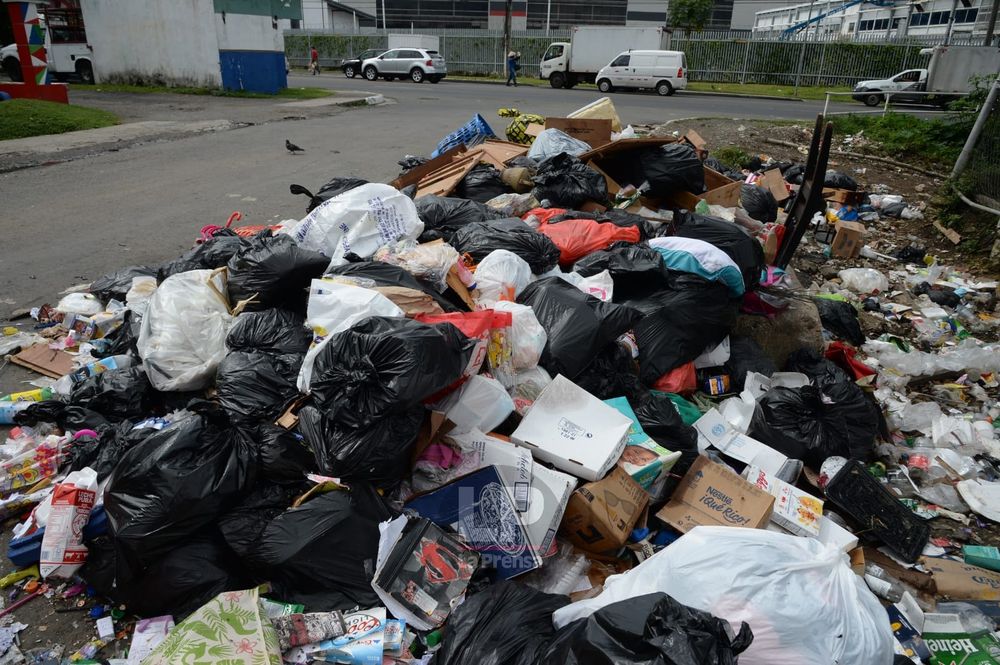
However, during the administration of former President Ricardo Martinelli (2009-2014), the Urban and Residential Sanitation Authority (AAUD) was created with the goal of centralizing and modernizing solid waste management in Panama City, given the evident collapse and inadequacy of the municipal sanitation system administered by the previous institution. “Actually, there wasn’t much difference between Dimaud and AAUD, because the collection model didn’t change due to the strong incentive to maintain its inefficient state to this day,” he said. During his administration, the former mayor proposed licensing collection in three zones—north, east, and center—with transfer centers and payments of B/. 45 per ton, far below the B/. 100 he claims was paid at the time.
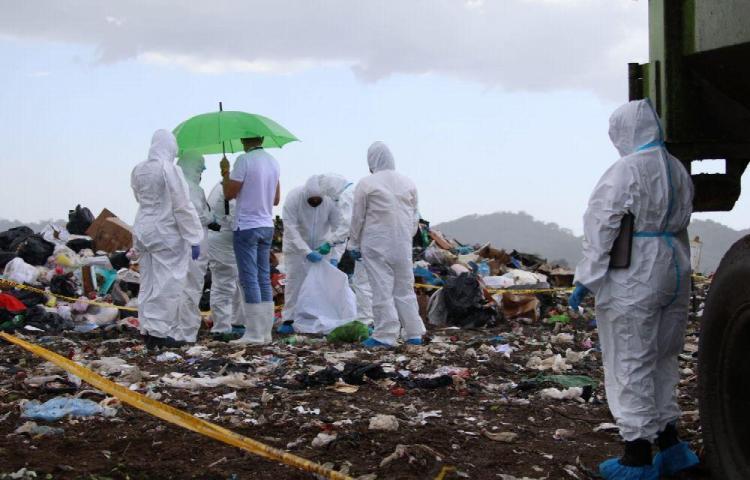
“The current system is inefficient. In Panama, we are paid by hour worked, not by ton managed. We can’t move forward like this,” he stated. He also criticized the fact that all equipment is rented and that there are no waste treatment plants in the country. “Cerro Patacón is not a sanitary landfill, it’s an open-air dump. The issue of garbage disposal in Panama is a national disgrace,” he stated. Finally, he warned about the logistical limitations of trucks in accessing complex neighborhoods. “In other cities around the world, smaller garbage collectors are used, which then unload into large trucks. Here, there’s no planning or adaptation,” he concluded. The bidding process is moving forward, but the challenge remains deeper: to ensure that, for the first time, we move from paper to action.


